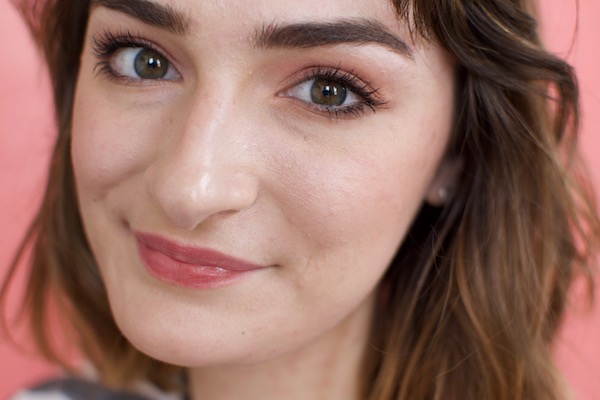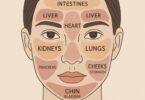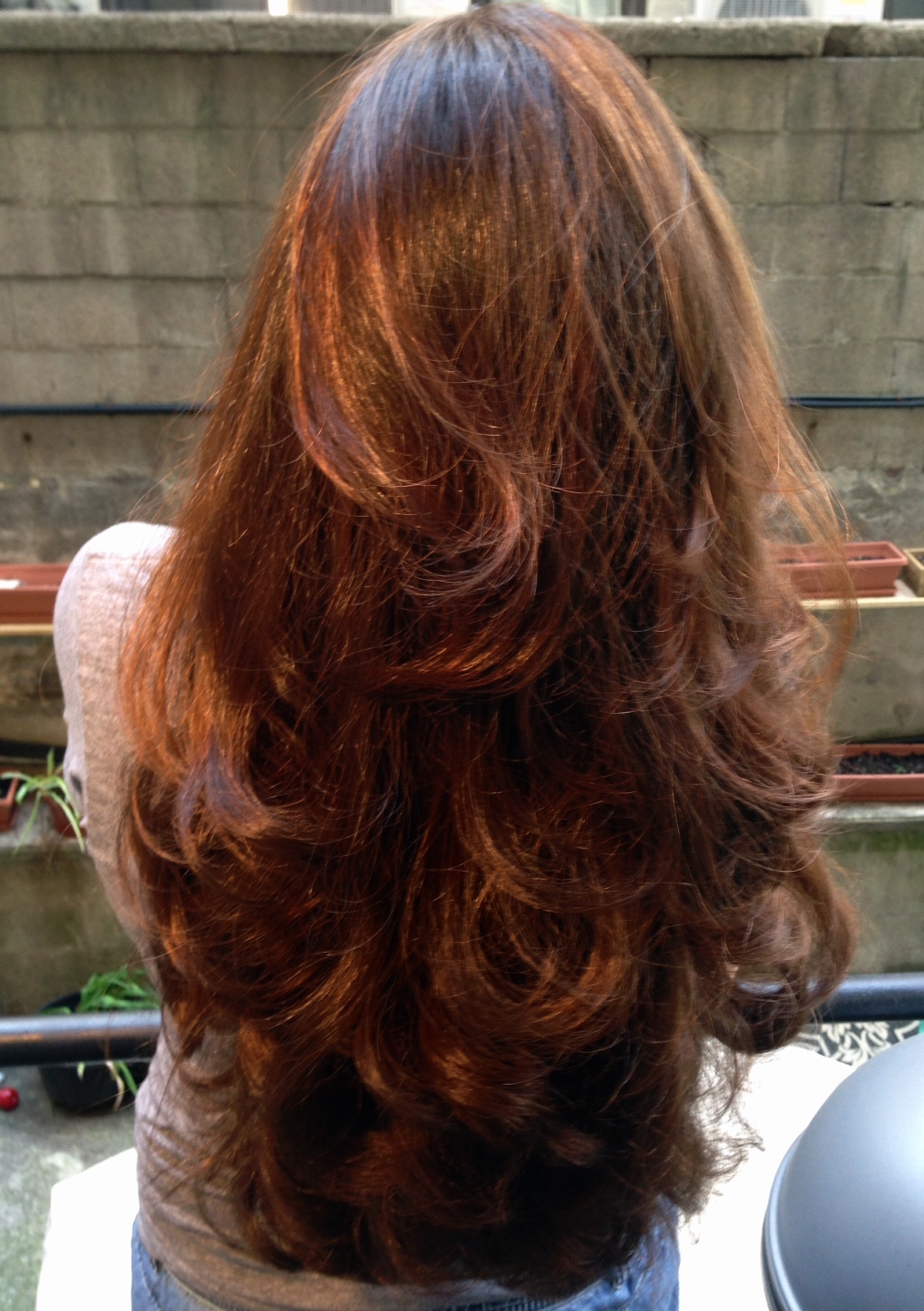Fungal acne could be the cause of your skin woes.
Having a pimple is no fun. Having never-ending acne that doesn’t respond to traditional treatments can make you want to pull your hair out. If this sounds like you, you very well may not have acne at all. You could be one of the many under diagnosed people with fungal acne, also known as Pityrosporum (Malassezia) Folliculitis. It’s different. It’s tricky. But luckily fungal acne treatable, and I even treated my own acne with probiotics.

Let’s just be real here for a second, because fungal acne — just not the most pleasant sounding thing in the universe. It’s taking a thing most people don’t like, fungus, and adding it to something no one likes, acne.
Unfortunately fungal acne is really the best, easiest, clearest way of conveying this particular skin issue because it’s otherwise known by it’s scientific names Pityrosporum Folliculitis or Malassezia Folliculitis. Neither of which is pronounceable without a dermatology degree. Fungal acne it is!
What is fungal acne?
How people get this type of acne is complicated. So much so that even the experts say it isn’t clear cut. A 2014 medical paper was literally titled “Malassezia infections: A medical conundrum” because it’s just so complicated.
Potential causes? Lots of them!
- Lowered immune system
- Pregnancy
- Overuse of Antibiotics
- Use of Birth Control Pills
- Sweating/living in a hot climate (really)
And that only scratches the surface of causes. See why it’s a medical conundrum?
If you have fungal acne it will look a heck of a lot like regular (bacterial) acne and it’s often misdiagnosed as such. This paper in the Journal of Clinical and Aesthetic Dermatology called Malassezia Folliculitis a “not uncommon, but easily missed, condition.” Which is a big bummer because regular acne cures, including prescribed antibiotics, don’t help much and can even make fungal acne worse.
Fungal acne looks like small red pimples sometimes with a whitehead, always centered around a hair follicle. Fair warning this link has some pretty gnarly examples of what this type of acne looks like.
How is fungal acne cured?

How you cure fungal acne is simpler than you may think. Once you know you have it, it’s as simple as taking or using an anti-fungal medication. A dermatologist can confirm a fungal acne diagnosis and then prescribe oral anti-fungals to sort out your skin quickly.
You may also be prescribed a dandruff shampoo with which to wash the affected areas. Dandruff shampoo (Nizoral, to be specific, not Head and Shoulders) uses Ketoconazole to kill both dandruff and fungal acne — and it’s great to pair with scalp exfoliation. This treatment’s success is well documented, especially when partnered with oral anti-fungals.
Here’s where you can buy Nizoral affordably.
If you think you are cursed with never ending acne, head over to your favorite dermatologist and ask specifically if they can test your skin for Malassezia Folliculitis.
Love this article? For more beauty, style, travel, and trending topics check out The Luxury Spot on Facebook. Like us and we’ll love you back!








